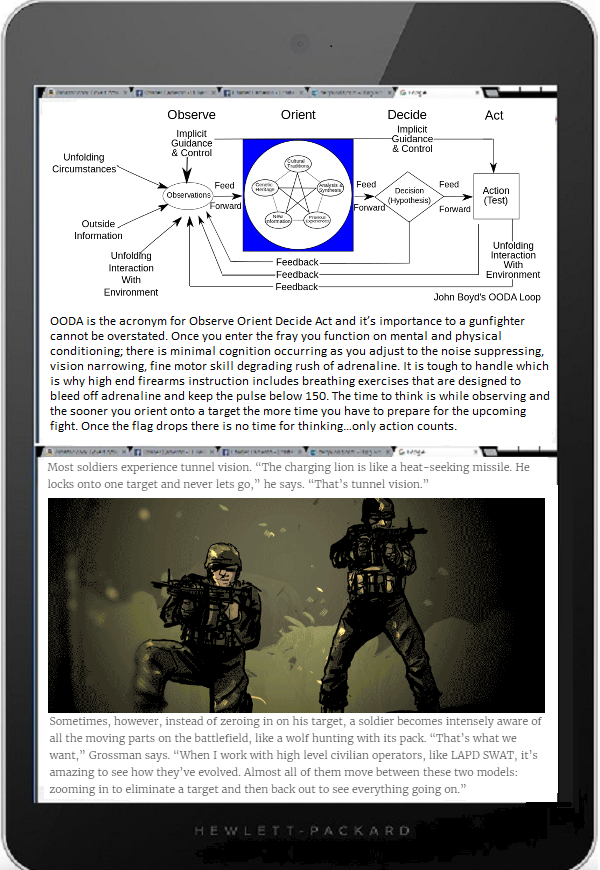The trouble with Providence
Friday, June 16th, 2017[ by Charles Cameron — the Virginia shooting — providence, like grace, is whole cloth, or it is nothing ]
.
The basic paradox: I thank God Steve Scalise is still among the living, may he fully and speedily recover
**
The trouble with Providence is that it makes more sense to the survivors than, on the whole, the deceased or those who grieve them. My father, gunnery officer on the British light cruiser Sheffield, survived the superior firepower of the German heavy cruiser Hipper in the Battle of the Barents Sea, and no doubt that was providential from my own perspective — I was born around elevn months later. Providential, too, it must have been on a larger scale — the Hipper was crippled:
When told of the news, Hitler flew into a rage. He referred to his ships as useless and decided on the spot that the High Seas Fleet should be scrapped. Admiral Raeder, commander of the Kriegsmarine, tended his resignation and was replaced by Admiral Dönitz.
My father’s guns, along with those of the Sheffield’s companion cruiser Jamaica, together disabled the Hipper.
Providential, three — in that same engagement, shrapnel knocked one of the eyes of Captain Robert St. V. Sherbrooke, commanding a contingent of British destroyers from Onslow, out of its socket, such is war, an incident which Sherbrooke ignored in the interest of continuing his command, and for which he later received the Victoria Cross, such is war. Such is war, such is providence, forty of Sherbrooke’s men on the Onslow lost their lives in the same two minutes in which he lost his eye.
**
I report all this because Glenn Beck just invoked Providence in the matter of the Congressional baseball practice shooting:
We have an amazing story to tell of what I believe is Divine Providence. I just — I want you to think of one thing. Imagine what America would be like today, if yesterday the leadership of the G.O.P. and the majority of the G.O.P., 10 percent of the G.O.P. and Congress were dead. If we had coffins that we were facing today instead of one coffin of the shooter and one still in critical condition, what would the conversation be like today?
I’ve often said, you’re going to wake up on a Monday, and by Friday, your country will be completely different. I believe that is coming. But I do believe we saw Divine Providence happen yesterday. So that didn’t happen this week.
So providence postpones what it can’t altogether prevent?
**
Glenn Beck, apparently — because he’s a Mormon, or a Christian more generally, or a believer, even more ecumenically, or a human, or at least a sentient being — or because he’s a media personality? — can serve as a spokesman for Providence:
Barry, let me — let me take you now to Divine Providence.
Beck is addressing Congressman Barry Loudermilk, who was present at the practice, who was himself a target — unlike Glenn — shot at, and providentially spared. It’s providential that we have Beck’s voice to explain to Loudermilk what happened..
I will tell you — I’ve seen some bad shots in my life. But for as many targets that were out on that field — and to have a rifle, I believe, Divine Providence played a role in keeping, you know, people safe yesterday. It is remarkable the number of rounds that were fired and the — the low number of people that were hit.
Providence approves the critical wounding of one congressman and the avoidance of same in several other cases, eh?
**
Look, if I was one of the congresspersons who survived, I’d be more than a little inclined to thank providence — and if I didn’t survive, I wouldn’t be around to blame it. So here’s a special case of “history is written by the victors” — “belief in providence is written by the survivors”.
The problem with providence as an explanation is that it tends to overlook those who didn’t survive its providential ministrations. And that’s a problem of cognitive dissonance, if one tries to extend providence past the individual usrvivor or group of survivors, to the world as a whole — or to the “next week” that Beck feels prrovidence is saving some potential victims for..
Ruthlessly applied, providence comes for us all, as it has first devised us all — and all’s fair in love and hate, war and peace.
Or unfair. Forget Glenn Beck, I’ll let you decide.
**
In a companion piece, Beck offers The Entire List of Who to Blame for the Attempted Slaughter of GOP House Members. Providence doesn’t catch any blame — and neither does the NRA, not Obama:
Here’s the truth. The shooter is responsible, by himself — not the gun, not the bullets, not the gun industry … not the NRA, not the left, not the right, not the president, not the former president, not Hillary Clinton, not Antifa — no one. The shooter is responsible, period.
Whee! And while we’re not blaming, or its corrollary, blaming, Glenn also posted The New York Times Runs the Worst Editorial in Human History, Blames SARAH PALIN for Giffords Shooting AGAIN
**
The SPLC reports:
Gunman Who Fired on Congressional Baseball Team Consumed by Anti-Trump Anger
There’s a specter here, if it’s not providence and it’s not any of the interested parties who are to blame. The specter is polarization.
But that’s for a follow-up post on The physics of politics, god willing.








